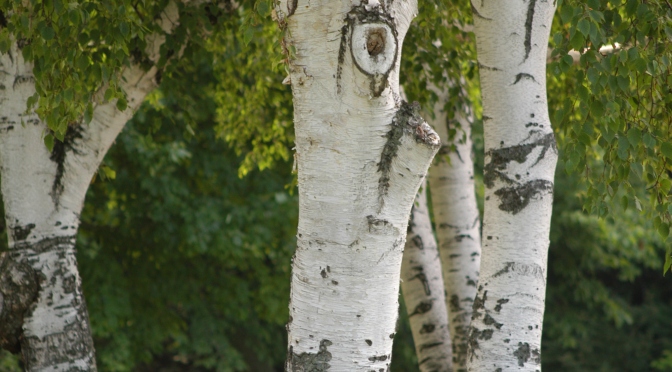Wilson Tuscarora State Park, located on Lake Ontario in northern Niagara County, is just 12 miles east of historic Fort Niagara State Park and the mouth of the Niagara River. Established in 1965, the park, encompasses 386 acres bordered by the east and west branches of Twelve Mile Creek, and has approximately four miles of trails.

When you choose to hike the red Interpretive Trail at Wilson Tuscarora, you will experience several amazing things, particularly if you choose to visit in late spring. Along the trail, you will hike through many different habitats, including wetlands, successional fields (a field transitioning to a forest), shrub lands, ending in a mature beech-hemlock forest.
Your journey begins at the marina parking lot heading toward the large weeping willow tree, with its bright yellow green leaves drooping toward the ground.

Once past the old weeping willow tree you will find the trail and the real journey begins through a successional field and into shrub lands as you follow the east branch of Twelve Mile Creek. Along the trail, you will notice red-osier dogwood shrubs forming thickets on each side. Quaking aspen trees are found along the way as well, revealing their name’s origin as each breeze cause the tree’s leaves to quiver or quake in the wind.
Keep your eyes on the wetlands too. You may see a beaver, or at least signs that they are active in the area. If you are lucky enough you may catch a glimpse of the pileated woodpecker. Look for pileated woodpeckers in the mature beech-hemlock forest area of the park. Chances are you will hear them before you see them. Listen for a deep, loud drumming and shrill, whinnying call.

This trail is best known for its spring wildflowers; especially trillium. New York’s largest flowered trillium, the white trillium, blankets the forest floor in May. The name trillium refers to three, the number of leaves, sepals (bud covers), and petals.

If you haven’t gone down Wilson Tuscarora’s Interpretative Trail yet, be sure to head there this late spring to see these unique natural features!
Post by Tina Spencer, State Parks



